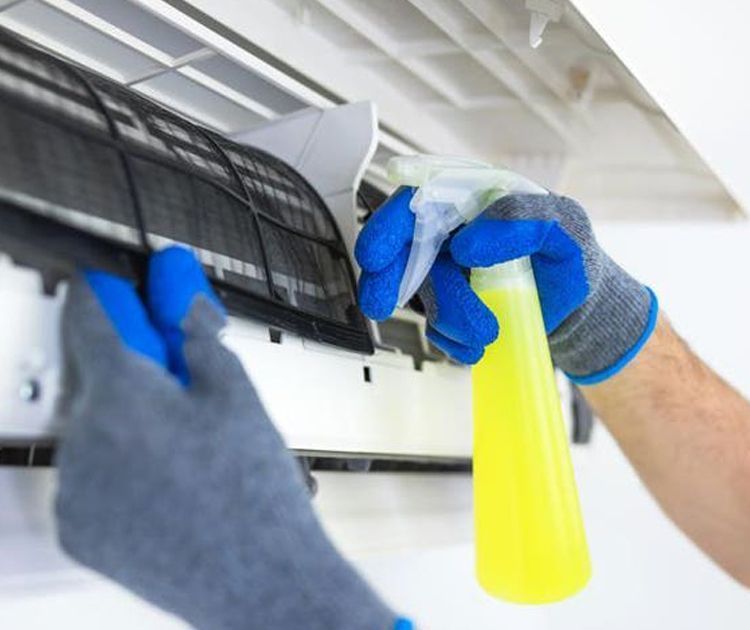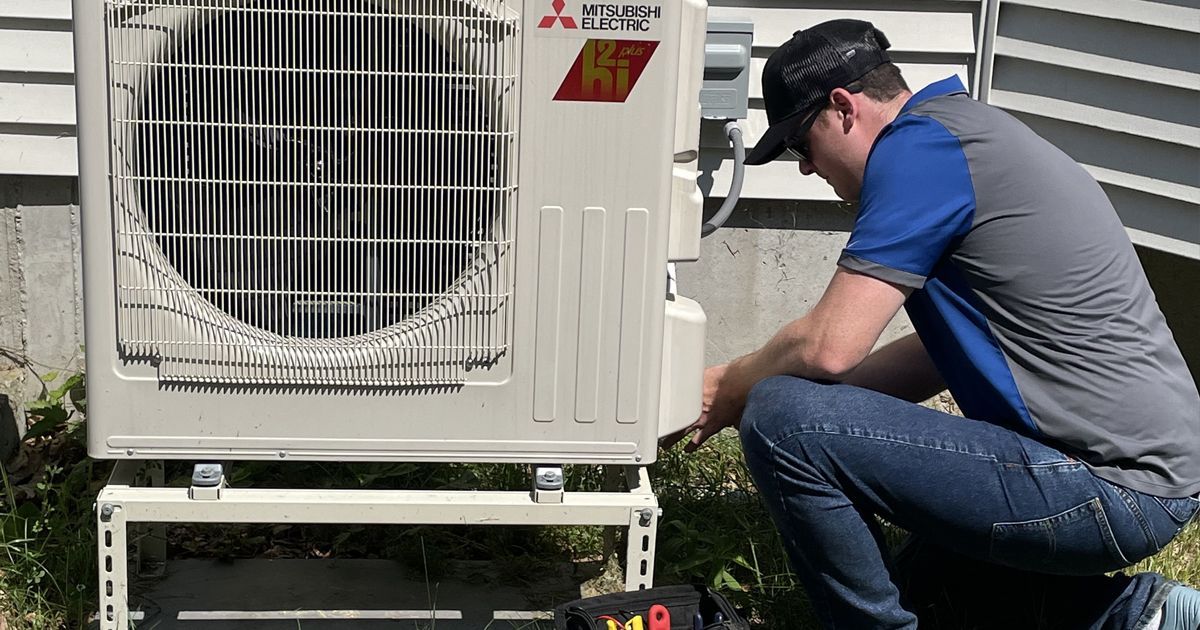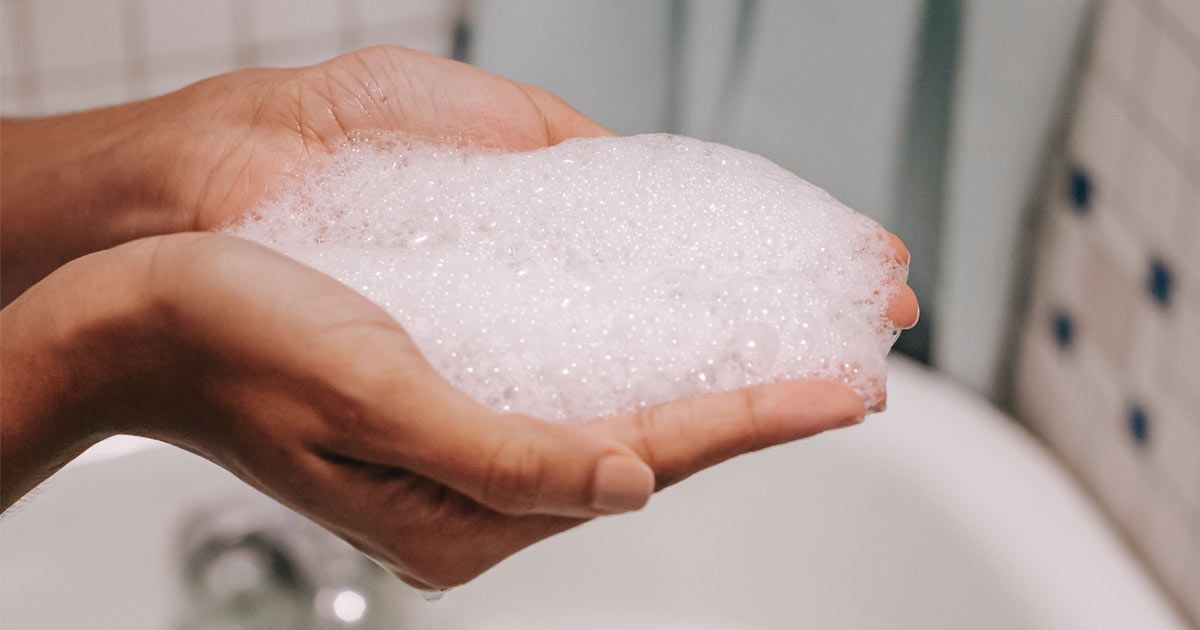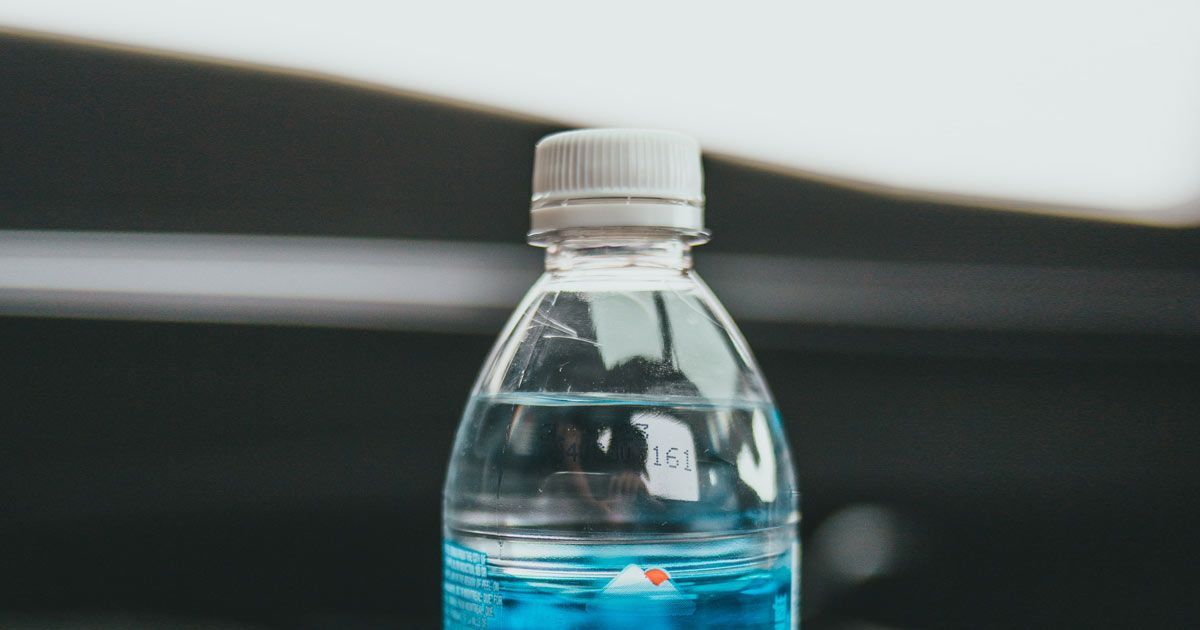New EPA PFAS Drinking Water Rule is Released
Learn About the New Drinking Water Standards
The Environmental Protection Agency (EPA) has issued strict regulations on Per- and Polyfluoroalkyl Substances (PFAS), a key step toward protecting drinking water in the United States. This development is critical for Massachusetts, shedding light on both obstacles and the potential for providing clean and safe water to its people. These regulations aim to safeguard public health by establishing an enforceable drinking water standard.
What are PFAS
PFAS, also known as 'forever chemicals,' are prevalent in the environment. They are part of a class of compounds utilized since the 1940s for their capacity to repel oil and water while also resisting heat, making them useful in items and consumer products such as nonstick cookware, stain-resistant clothes, personal care products, food packaging, fabric treatments, and firefighting foam.
Exposure to PFAS can cause a variety of adverse health effects, including changes in cholesterol and liver damage, minor changes in infant birth weight, immune system and vaccine response, an increased risk of preeclampsia or high blood pressure in pregnant women, thyroid disease, and an increased risk of certain cancers such as kidney and testicular cancer.
New EPA Regulation
The new regulation establishes maximum nontaminant levels for certain PFAS compounds, including perfluorooctanoic acid (PFOA) and perfluorooctanesulfonic acid (PFOS) in drinking water. This means that public water systems in Massachusetts will be required to test for these chemicals and take action if their levels exceed the set limits.
The EPA released the final
National Primary Drinking Water Regulation
(NPDWR) for six PFAS compounds on April 10, 2024.
| Compound | Final MCLG | Final MCL (enforceable levels) |
|---|---|---|
| PFOA | Zero | 4.0 parts per trillion (ppt) (also expressed as ng/L) |
| PFOS | Zero | 4.0 ppt |
| PFHxS | 10 ppt | 10 ppt |
| PFNA | 10 ppt | 10 ppt |
| HFPO-DA (commonly known as GenX Chemicals) | 10 ppt | 10 ppt |
| Mixtures containing two or more of PFHxS, PFNA, HFPO-DA, and PFBS | 1 (unitless) Hazard Index | 1 (unitless) Hazard Index |
How to Get Safe Drinking Water?
The new PFAS regulations aim to ensure safe drinking water for all residents.
Public water systems will need to take immediate action if PFAS levels exceed the MCLs. This may include issuing advisory notices, implementing treatment solutions, or finding alternative sources of clean water.
While the focus of these regulations is on public water systems, private well owners should also be aware of the potential presence of PFAS. It is advisable for private well owners to test their water for PFAS and consider implementing appropriate treatment methods, if necessary.
Let Water Geeks Help You
Test your drinking water source today, no matter what the water supply you have: town or well water, and provide pure water for your family. Don't wait for the town to keep up with the drinking water standard. You need to decrease the health risk of your family now.
Contact Water Geeks for a FREE consultation.










